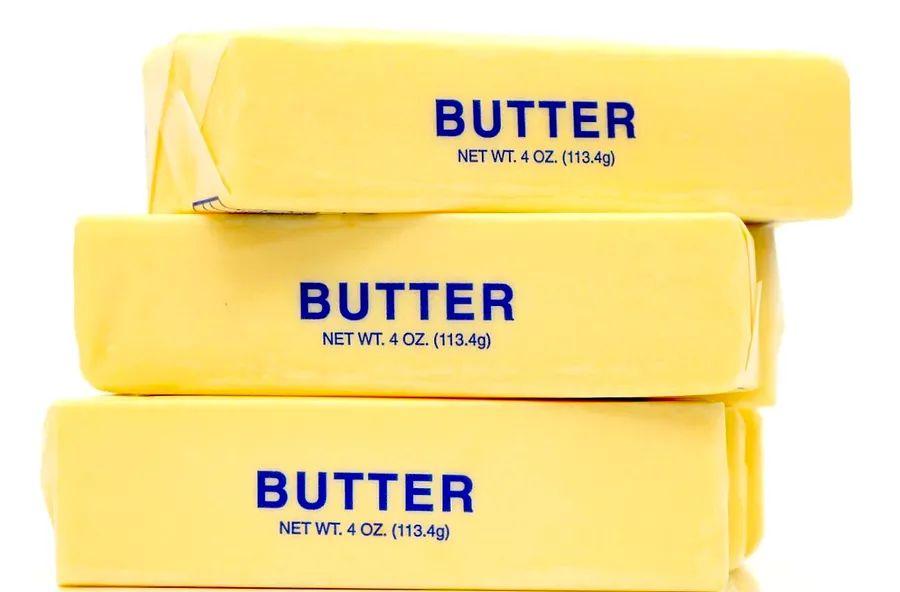Butter vs. Margarine: Which is the Superior Choice for Baking?

While butter and margarine are often used in place of one another, when it comes to baking, there may be a clear winner. Here’s what you should know before choosing between them.
Comparing Butter and Margarine

In an effort to improve cholesterol levels, many have swapped butter (rich in saturated fat) for margarine, which contains more of the 'healthy' monounsaturated fats.
However, this switch isn’t always the best choice for cooking — especially when it comes to baking. While margarine might be fine on toast or drizzled over popcorn, butter is still the winner when it comes to the oven.
For baking cakes, cookies, and pastries, butter (preferably unsalted) delivers a fuller, richer flavor. Since butter starts as cream and margarine is made from vegetable oil, butter's higher fat content contributes to the desirable texture of baked goods. Margarine, with more water and less fat, can result in thin, spread-out cookies that may burn.
Butter is also the superior option for frying. Due to its resistance to breaking down under heat, as food scientist Harold McGee explains in his book On Food and Cooking, butter won’t become greasy or gummy like oils with unsaturated fats can.
Conclusion

If you’re still leaning towards margarine, be sure to check the nutrition label. If you spot the word 'hydrogenated,' it means the product contains trans fats, which can harm your cholesterol levels. Many stick margarines have these unhealthy fats, so opt for a tub margarine that is free of hydrogenation.

1

2

3

4

5
Evaluation :
5/5